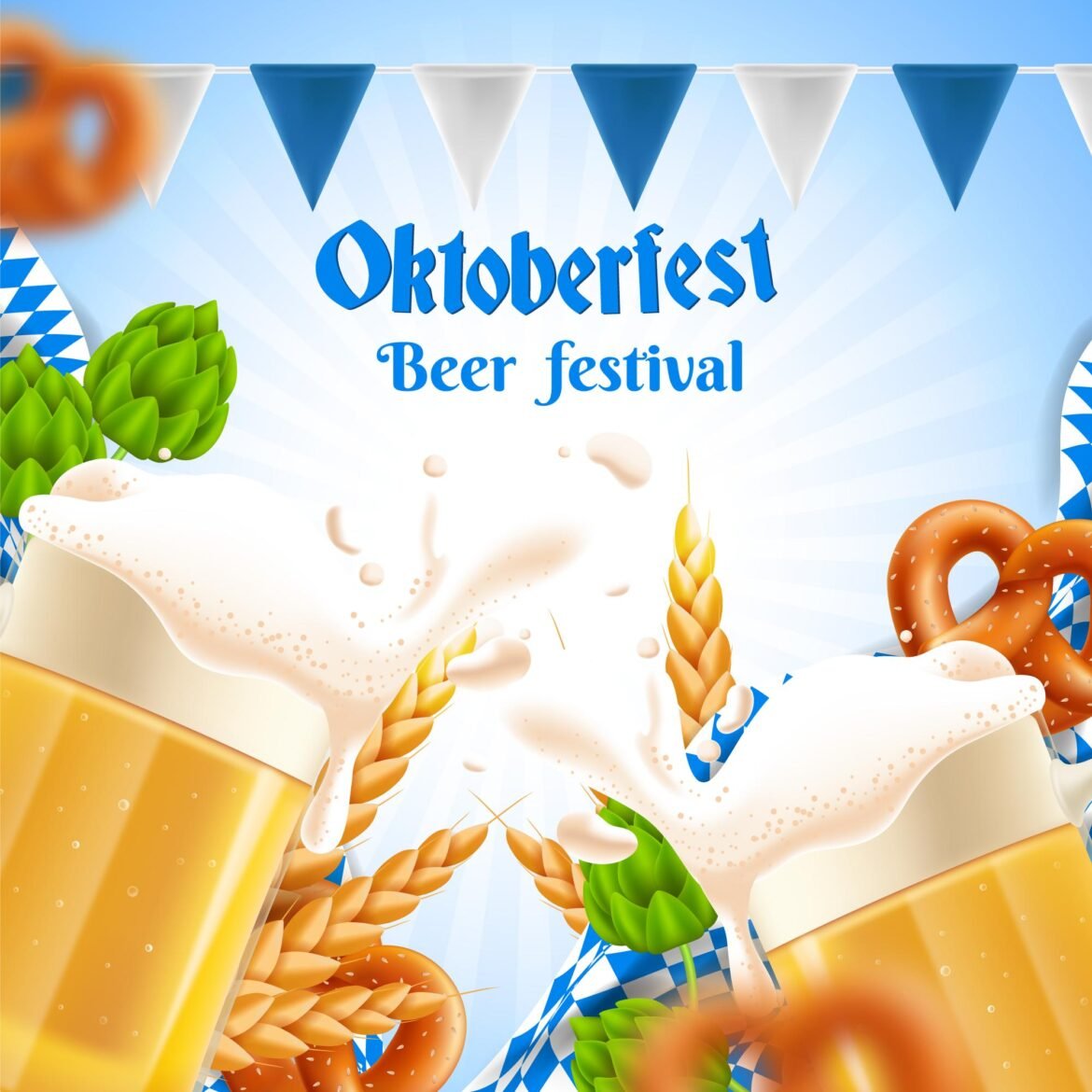Table of Contents
As the world gathers to celebrate Oktoberfest, one cannot help but notice the pervasive presence of blue and white throughout the festival grounds. From the iconic Bavarian flag to the traditional attire worn by attendees, these colors hold significant symbolism deeply rooted in Bavarian culture. In this article, we delve into the meaning behind the colors blue and white at Oktoberfest, exploring their historical, cultural, and psychological significance.
Historical Origins
The origins of blue and white as Bavaria’s official colors can be traced back to the early 19th century. In 1825, King Ludwig I of Bavaria adopted the blue and white lozenges as the official flag of the kingdom, inspired by the blue and white checkerboard pattern of the Bavarian coat of arms. This decision solidified the colors’ association with Bavarian identity and pride, a tradition that continues to this day.
Cultural Significance
Blue and white are more than just colors; they are symbols of Bavarian tradition, heritage, and unity. The blue and white flag is proudly displayed throughout Oktoberfest, adorning tents, banners, and decorations. The colors evoke a sense of camaraderie and community among festival-goers, fostering a shared cultural identity that transcends language and nationality.
Psychological Impact
Psychological studies have shown that colors can have a profound impact on human emotions and behavior. Blue is often associated with feelings of calmness, serenity, and stability, while white symbolizes purity, innocence, and clarity. At Oktoberfest, the presence of blue and white creates a welcoming and harmonious atmosphere, encouraging attendees to relax, socialize, and immerse themselves in the festivities.
Symbolism in Attire
One of the most visible manifestations of blue and white at Oktoberfest is in the traditional attire worn by attendees. Men don lederhosen, typically made of brown or black leather, paired with a white shirt and blue vest adorned with intricate embroidery. Women don dirndls, featuring a white blouse, blue bodice, and colorful apron. These outfits not only pay homage to Bavarian tradition but also serve as a visual representation of the festival’s color scheme.
Beyond Oktoberfest
The influence of blue and white extends far beyond the confines of Oktoberfest, permeating all aspects of Bavarian culture and identity. From the blue and white porcelain of Nymphenburg to the blue and white checkered pattern of the Oktoberfest beer mugs, these colors are deeply ingrained in Bavarian art, architecture, and everyday life.
Conclusion
In conclusion, the colors blue and white hold profound significance at Oktoberfest, representing the rich history, cultural heritage, and communal spirit of Bavaria. From their historical origins to their psychological impact, these colors play a central role in shaping the festival experience and fostering a sense of unity among attendees. As we raise our steins in celebration, let us remember the symbolic power of blue and white and the enduring legacy they represent.

